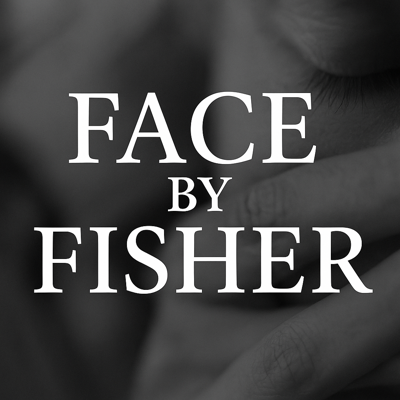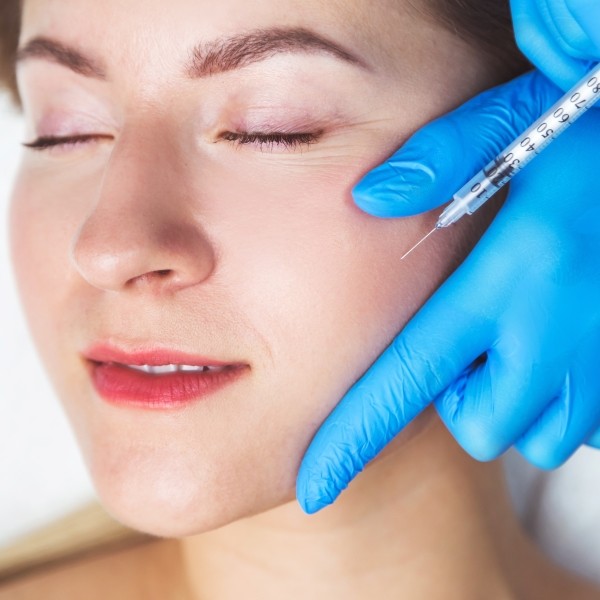Botulinum toxin works has been in use since 1977. Believe it or not, it was not initially used for cosmetic purposes. In fact, the amazing thing about it is that it has many applications in several different fields within the medical world. It was originally used for strabismus, a condition in which the eye has trouble focusing. It has also been shown to be very effective for migraines. In 1982 it was just starting to be used by doctors for cosmetic reasons, and it’s been in use to prevent and reduce the appearance of wrinkles ever since. Read on more to find out how botulinum toxin works and its applications in medicine and beauty.
- Does Botox for migraines also help with wrinkles?
- Where do they inject Botox for migraines?
- What kind of Botox is used for migraines?
What is botulinum toxin?
The use of the word “toxin” in the name may give you pause, but rest assured that the use of botulinum toxin is well studied and safe. It is produced by a type of bacteria called clostridium botulinum. In large quantities, it is indeed dangerous, but in the quantities used in medicine and cosmetic procedures, it is extremely well studied and safe.
How does botulinum toxin work?
Only small amounts of botulinum toxin are injected. These small amounts essentially immobilize the muscles in the injection area by inducing paralysis in the immediate area. They do this by blocking the nerve signals that cause muscles to contract. When not contracting, muscles are at rest, which results in relaxed muscles and fewer wrinkles and folds, even when the face is in motion.
Medical applications of botulinum toxin
Botulinum toxin is most well known for its cosmetic applications, but it has a number of very important uses in medicine as well. It can help with strabismus, eyelid twitching (blepharospasms), to help relieve pain in those who suffer from chronic migraines, to reduce excessive sweating, to calm the muscle spasms which cause bruxism (teeth grinding), and even to correct a high lip line (the “gummy smile” look).
Cosmetic uses of BT
Botulinum toxin prevents wrinkles and fine lines from forming or turning from dynamic wrinkles to static wrinkles. Wrinkles develop when, through repeated use of the face coupled with the loss of things like collagen and elastin with age, the skin begins to fold together when in use. An example of this would be eye folds that only show when smiling or folds between the eyes that only show when scowling. Over time, these folds, also known as dynamic wrinkles, begin to crease so that they show up as wrinkles even when the face is at rest. It’s these static wrinkles, as they are called, that botulinum toxin can prevent. It is marketed under such various brand names as Botox, Dysport, and Xeomin.
Check out our blog section for more interesting blogs on beauty procedures and more!




